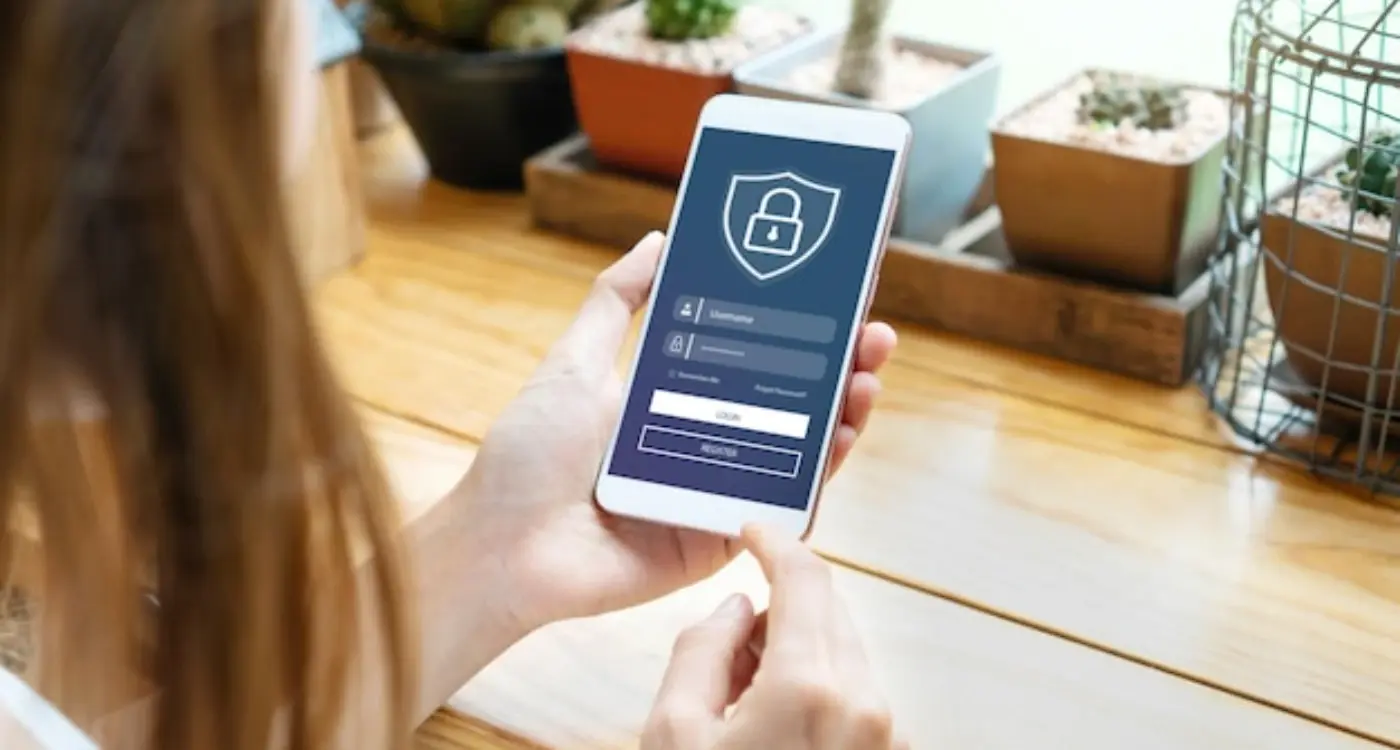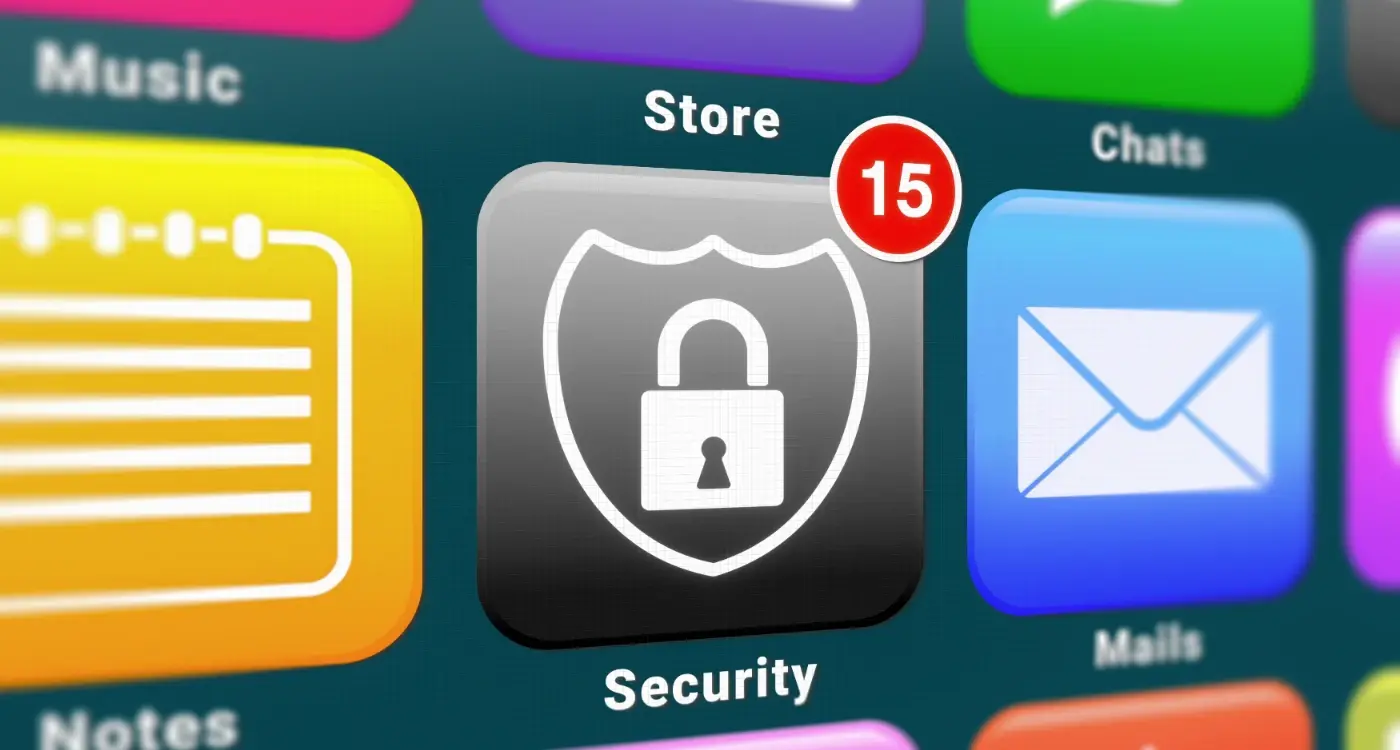Should My App Store Sensitive Data on the Phone or Server?
Right, so you're building an app and suddenly you hit this question that seems simple but actually keeps a lot of developers up at night—where should you store your users' data? Should it live on their phone or up on a server somewhere? And what about sensitive stuff like passwords, payment details, or health information? Get this wrong and you could end up with a security nightmare, angry users, or worse, a lawsuit for breaching privacy regulations. But here's the thing—theres no one-size-fits-all answer, and that's what makes this decision so bloody tricky for most people.
I've built apps for healthcare companies handling patient records, fintech startups processing payments, and e-commerce platforms storing shopping preferences; each one required a completely different approach to data storage. The decision isn't just technical either—it affects how fast your app runs, whether it works offline, how much your server costs will be, and most importantly, how secure your users' information stays. Get it right and nobody notices. Get it wrong and... well, you really don't want to get it wrong.
The location you choose for storing data isn't just a technical decision—it's a promise to your users about how seriously you take their privacy and security.
What makes this particularly confusing is that modern apps rarely use just one approach. Most successful apps I've worked on use a mix of local storage and server-side storage, with different types of data living in different places based on security needs, performance requirements, and how often that data needs to be accessed. Understanding when to use which approach—and why—is what separates amateur apps from professional ones that users actually trust with their information.
Understanding the Basics of Data Storage
Right, lets start with the fundamentals—because if you get this wrong everything else falls apart. When we talk about data storage in mobile apps, we're really talking about two main places where information can live: on the users phone (what we call local storage) or on a server somewhere in the cloud. Its not complicated, but the decision about where to put what data? That matters more than most people realise.
Local storage is basically your apps own filing cabinet on the device. This could be simple things like user preferences (dark mode vs light mode, notification settings) or it could be more complex stuff like downloaded content, cached images, or saved game progress. The phone stores this data in its memory, and your app can access it instantly without needing an internet connection—which is great for speed and offline functionality.
Server-side storage is different. Here, the data lives on computers (servers) that your app connects to over the internet. Think of it like a bank vault that your app visits whenever it needs to deposit or withdraw information. This is where you'd typically store things like user accounts, payment details, or any data that needs to be synced across multiple devices.
The Main Types of Storage You'll Work With
There are a few different storage methods available, and honestly, most apps use a combination of them:
- Shared Preferences (Android) or UserDefaults (iOS)—tiny bits of data like settings and flags
- Local databases (like SQLite)—structured data that needs to be queried and searched
- File storage—documents, images, videos and other media files
- Cloud databases—user data thats accessible from anywhere and syncs across devices
- Secure storage (Keychain on iOS, Keystore on Android)—sensitive stuff like passwords and tokens
The key thing to understand? Each type has its own strengths and weaknesses; choosing the right one depends entirely on what kind of data you're dealing with and how your app needs to use it. We'll get into the specifics of when to use each approach in the coming chapters, but for now just know that this decision affects everything from your apps performance to your users privacy and your own legal obligations.
Why Location Matters for Different Types of Data
Not all data is created equal, and that's something I learned pretty quickly when building my first healthcare app years ago. The type of data you're storing completely changes where it should live—and getting this wrong can mean everything from angry users to serious legal trouble.
Here's the thing; some data is deeply personal whilst other data is basically just... settings. User preferences like "dark mode" or "notifications on"? That's harmless stuff that can live on the phone without much worry. But payment details, health records, or anything that could be used for identity theft? That needs proper server-side protection with encryption and access controls.
The location decision really comes down to three main factors: sensitivity, size, and sharing needs. Sensitive data (passwords, financial info, personal identifiers) should almost always live on secure servers where you can control access and monitor for breaches. Large data like videos or high-res images needs server storage too—phones just don't have unlimited space, and users get pretty annoyed when your app eats up their storage. And if data needs to sync across multiple devices or be accessed by other users, well, you cant really do that effectively with local storage alone.
One thing people often get wrong is assuming that server storage is always more secure than local storage. Actually, it depends entirely on how you implement it. A poorly secured server is way more dangerous than well-encrypted local storage because one breach exposes everyone's data instead of just one users. But a properly configured server gives you centralised security, regular backups, and the ability to respond quickly if something goes wrong.
Think about your data's "blast radius"—if this information leaked, how many people would be affected? That answer should guide your storage decision more than anything else.
When to Store Data Locally on the Device
Right, so when does it actually make sense to keep data on someone's phone rather than sending it off to a server? I've built enough apps to know there's no one-size-fits-all answer here, but there are definitely some clear situations where local storage is your best bet—and a few where its absolutely necessary.
The most obvious reason to store data locally is speed. If your app needs to load instantly (and lets be honest, users expect that nowadays), having the data right there on the device means no waiting for server responses. Think about a notes app or a to-do list; people want to open it and start typing immediately, not stare at a loading spinner whilst their phone tries to fetch data from halfway across the world. That split-second delay might seem small, but it makes a massive difference to how your app feels to use.
Offline functionality is another big one. Not everyone has a reliable internet connection all the time—whether they're on the tube, in a rural area, or travelling abroad with dodgy wifi. If your app becomes completely useless without an internet connection, you're going to frustrate a lot of users. I mean, some apps genuinely need to be online to work, but many don't really need that limitation.
When Local Storage Makes Most Sense
Here are the main scenarios where you should be thinking about local storage first:
- User preferences and settings that need to load instantly when the app opens
- Cached content like recently viewed articles or images that improve the browsing experience
- Temporary data that only matters for the current session and doesn't need to be synced
- Draft content that users are actively working on (messages, posts, documents)
- Non-sensitive data that personalises the experience but isn't critical if lost
But here's the thing—just because you can store something locally doesn't mean you should store it only locally. Most well-designed apps use a combination approach where they keep a local copy for quick access but also sync important stuff to a server as backup. We'll get into that hybrid approach properly in the next chapter though.
When to Use Server-Side Storage Instead
Right, so when do you absolutely need to store data on a server instead of keeping it on the phone? I mean, there are some pretty clear situations where server-side security is the only sensible option—and getting this wrong can be catastrophic for your users and your business.
First up: anything financial. Credit card details, bank account numbers, transaction histories—all of this needs to live on your servers, not on the device. The risks are just too high otherwise. Same goes for medical records, legal documents, or any data that's regulated by law. You see, when data sits on a phone and that phone gets lost or stolen, you've got a serious problem. But when its stored server-side with proper encryption and access controls, you can revoke access instantly.
Another big one? Data that needs to be accessed across multiple devices. If someone logs into your app on their phone, tablet, and laptop, they expect to see the same information everywhere. That only works if the source of truth lives on a server; local storage security just isn't designed for that kind of synchronisation.
Server-side storage gives you control over who can access what, and more importantly, it lets you revoke that access the moment something goes wrong.
I also always recommend server-side for shared data—think collaboration tools or social features where multiple users interact with the same content. You cant have everyone storing their own version locally because things get messy fast. And honestly? Large files like videos or high-resolution images should usually stay on servers too, because they'll fill up a phone's storage faster than you'd think. The key is understanding that client-side vs server-side isn't really about convenience—its about matching your data storage location to the sensitivity and usage patterns of the information you're handling.
The Hybrid Approach That Most Apps Actually Use
Here's what really happens in the real world—most successful apps don't choose one or the other. They use both. And honestly, this is what I recommend to nearly all my clients because it just makes sense from a practical standpoint.
The hybrid approach means you store different types of data in different places based on what that data actually needs. Its not about picking a side; it's about using the right tool for each job. User preferences? Keep them on the device. Transaction history? That belongs on your server. Profile pictures? You might cache them locally but store the original on the server.
Think about how WhatsApp works—your messages are stored locally so you can read old conversations even without internet, but they also sync to the server so you can access them from different devices. The app decides what stays where based on what gives you the best experience. This is the approach most apps take because it balances speed with security and flexibility.
What Goes Where in a Hybrid Setup
I usually recommend this split to clients:
- Device storage: User settings, cached images, temporary session data, offline content
- Server storage: User accounts, payment details, personal information, data that needs to sync across devices
- Both: Things like shopping carts (cached locally for speed, saved to server for persistence) or recent search history
The trick is setting up your app so it knows when to fetch fresh data from the server and when its okay to use what's already on the phone. This requires a bit more planning upfront, sure, but it gives users a much better experience overall. They get the speed of local storage combined with the security and accessibility of server storage—and that's exactly what modern apps need to deliver.
Privacy Laws and What They Mean for Your Storage Decisions
Right, let's talk about privacy laws—because honestly, they've changed everything about how we handle data storage. GDPR in Europe, CCPA in California, and a whole bunch of other regulations around the world have made it so you cant just store user data wherever you feel like anymore. Its not about convenience; its about legal compliance and protecting your users.
The basic principle is actually pretty simple. You need to know where your users data lives at all times and you need to be able to delete it when they ask you to. Sounds straightforward? Well, here's the thing—when you've got data scattered across local storage on thousands of devices and various servers, that becomes a right nightmare to manage. I've seen apps get into serious trouble because they stored sensitive information locally "for convenience" and then couldn't properly delete it when users requested their data be removed.
What You're Actually Required to Do
Most privacy laws require you to have a legitimate reason for storing personal data, and you need to store it in a way thats secure and auditable. Server-side storage generally makes this easier because you have centralised control. You can see whos accessing what, you can delete data completely when needed, and you can prove youre handling things properly. Local storage security is harder to audit—once that data's on a users device, you lose some control over it.
Always document your data storage decisions and why you made them. If a regulator comes knocking (and they do), you'll need to show you thought about privacy from the start, not as an afterthought.
The Geographic Element Nobody Thinks About
Here's something that catches people out...where your servers are located matters legally. If you're storing EU citizens data, GDPR says it needs to stay within certain approved countries or you need special safeguards in place. Same goes for health data under various regulations. Your secure data placement strategy needs to consider not just client-side vs server-side, but also which physical servers in which countries. Its a bit mad really, but thats the world we're operating in now.
Common Mistakes That Put User Data at Risk
Right, let me tell you about the mistakes I see all the time—mistakes that genuinely make me wince because they're so easy to avoid if you just know what to look for. The scary part? Many of these errors come from good intentions; developers trying to make things work quickly without thinking through the security implications.
The biggest one I see is storing sensitive stuff in plain text on the device. Passwords, credit card details, personal health information...all just sitting there unencrypted where anyone with physical access to the phone could potentially read it. Its mad really, but it happens more often than you'd think, especially in apps built by smaller teams without proper security reviews. Always encrypt sensitive data—always. Even if its just cached temporarily, treat it like someone's going to try and steal it, because honestly? They might.
The Most Common Storage Security Mistakes
- Storing passwords or tokens in plain text instead of using secure storage options like Keychain on iOS or Keystore on Android
- Keeping sensitive data in logs or debugging information that gets sent to analytics platforms
- Using weak encryption methods or—bloody hell—hardcoding encryption keys directly in the app code where they can be reverse-engineered
- Not implementing proper session timeout policies, so user data stays accessible long after they've closed the app
- Caching API responses that contain personal information without considering what happens if the device is lost or stolen
- Failing to clear sensitive data from memory after its been used
Another mistake I see constantly? Not validating data properly before storing it. Sure, you might trust your own server, but what if someone intercepts that connection and sends malicious data to your app? You need to validate everything coming in and going out. And here's the thing—many developers assume that HTTPS alone protects them, but if you're storing that data insecurely afterwards, you've just wasted all that encryption effort.
Conclusion
Look, I get it—deciding where to store your app's sensitive data isn't exactly the most thrilling part of building a mobile app, but its absolutely one of the most important decisions you'll make. And honestly? There's no single right answer that works for every situation; it depends entirely on what kind of data you're handling, who your users are, and what regulations you need to follow.
The thing is, most successful apps don't choose between local storage security and server-side security—they use both strategically. You see this hybrid approach everywhere because it just makes sense. Store things like user preferences and cached content locally for speed, keep authentication tokens in secure device storage with proper encryption, and push everything sensitive like payment details and personal information to your servers where you've got proper backups and security monitoring.
Here's what I always tell clients: think about the worst-case scenario. If someone steals a user's phone tomorrow, what data would they be able to access? If your servers get breached (and lets be honest, it happens to big companies all the time), what's the damage? These questions should guide your data storage location decisions from day one, not after something goes wrong.
The client-side vs server-side debate isn't about picking sides—its about understanding the strengths and weaknesses of each approach and using them appropriately. Store locally what needs to be fast and available offline. Store on servers what needs to be secure, backed up, and accessible across devices. Get your secure data placement strategy right from the start, because retrofitting security later is expensive and, quite frankly, a proper nightmare.
Share this
Subscribe To Our Learning Centre
You May Also Like
These Related Guides

What Security Standards Must Apps Meet for Approval?

Which Security Standards Do Mobile Apps Need To Follow?



